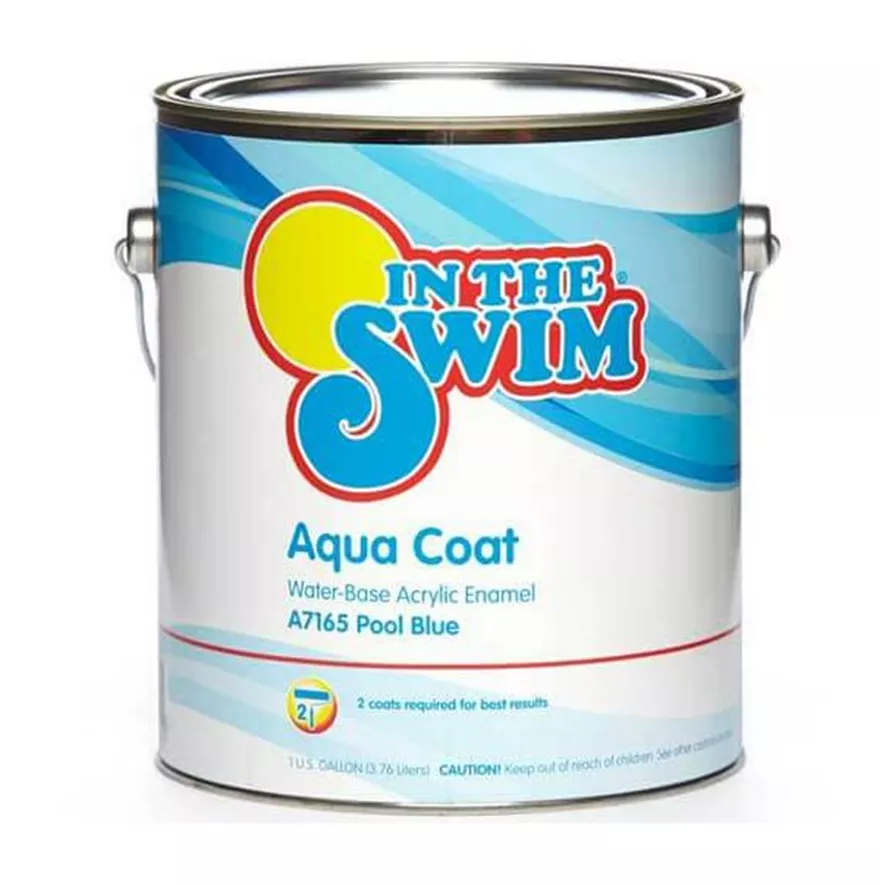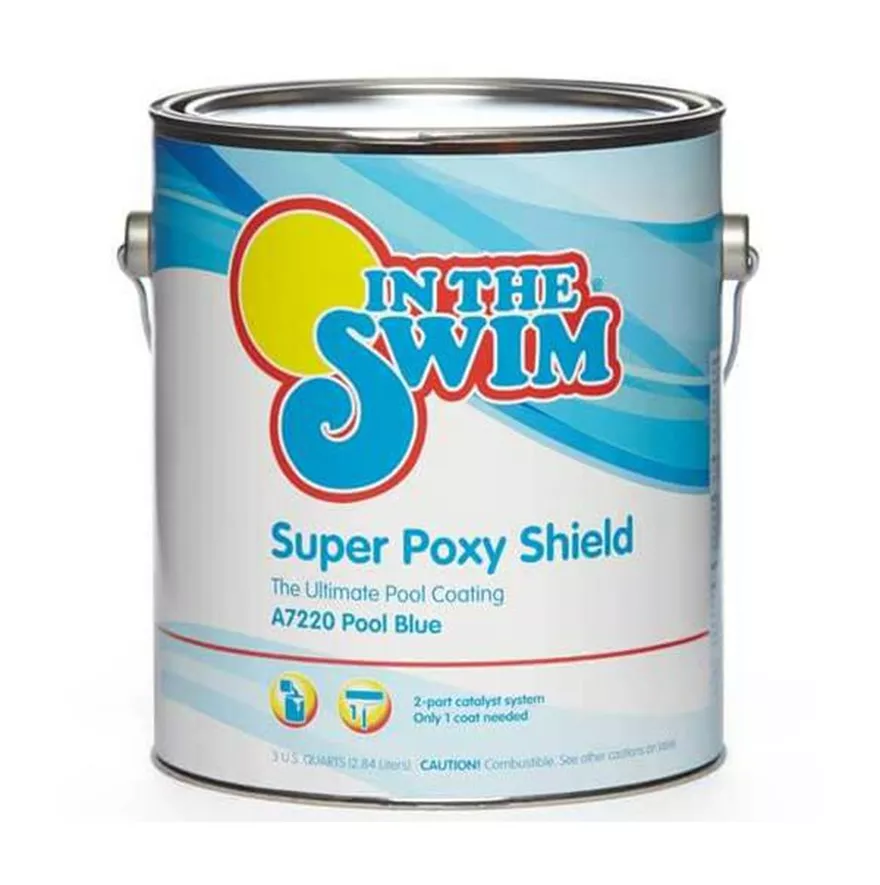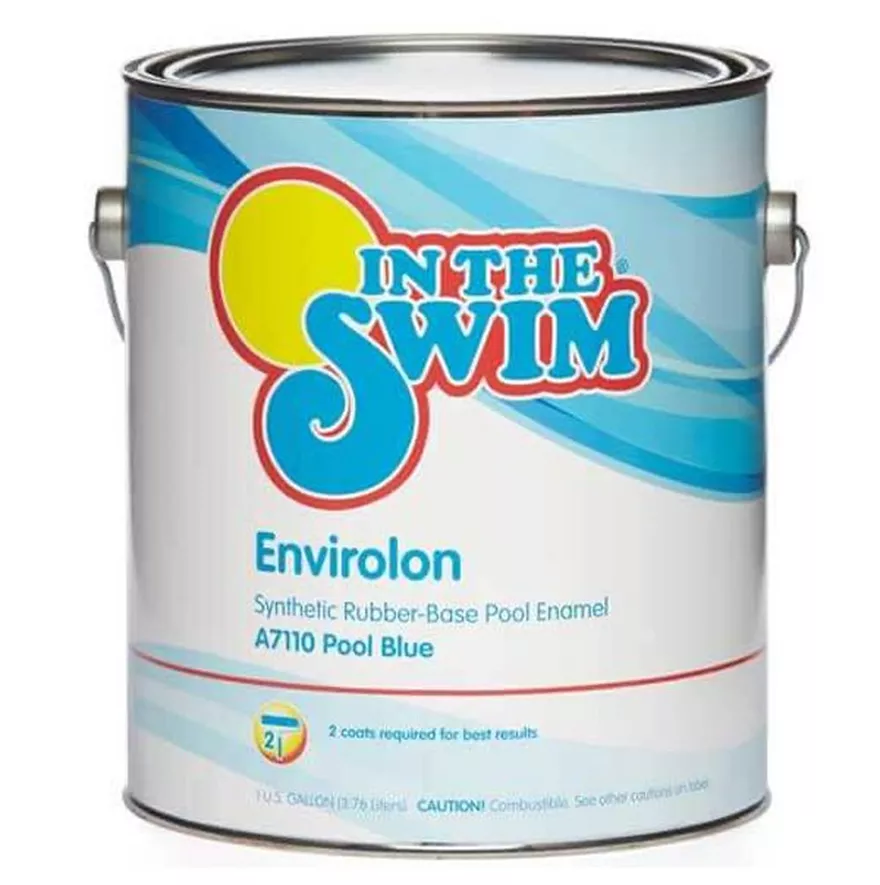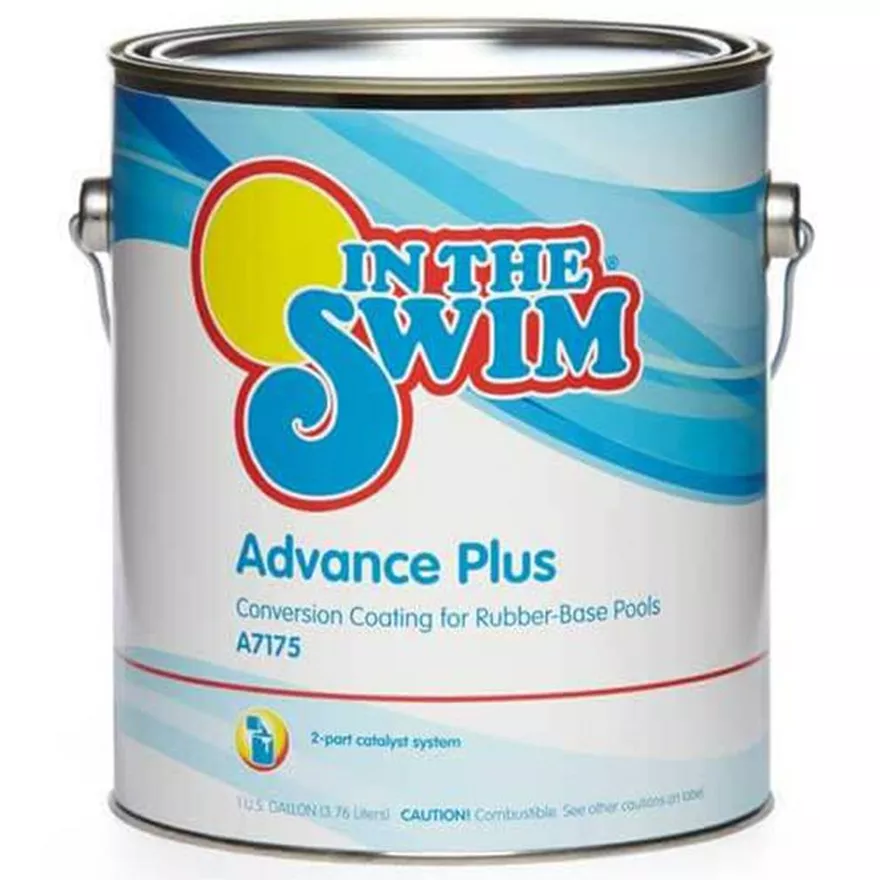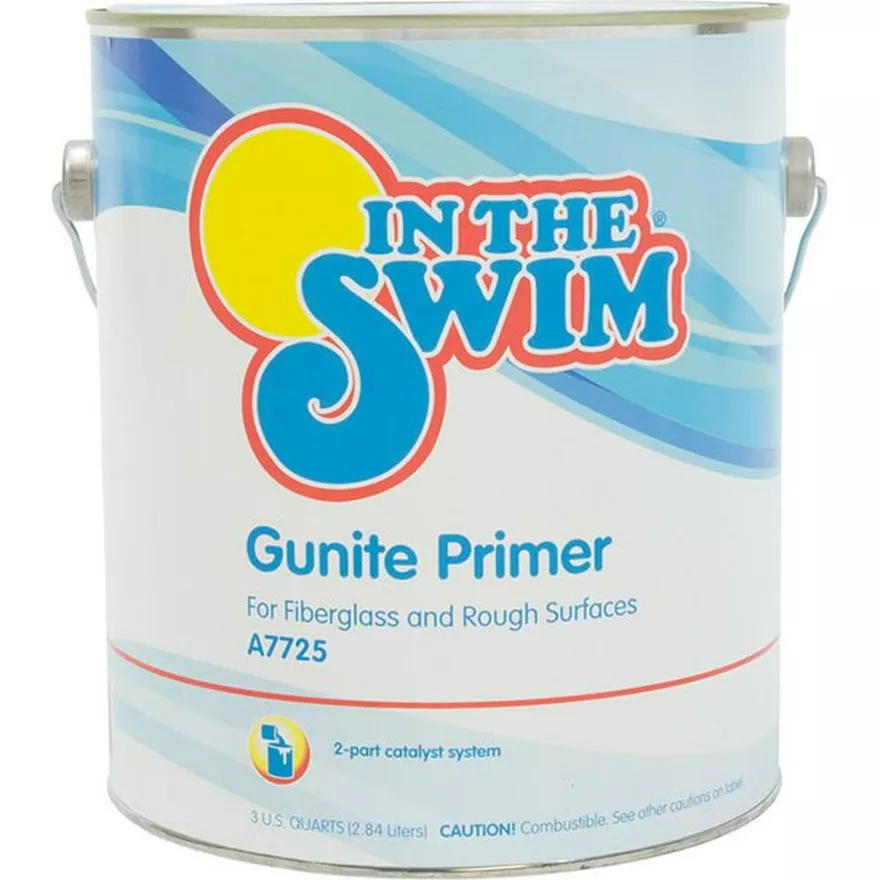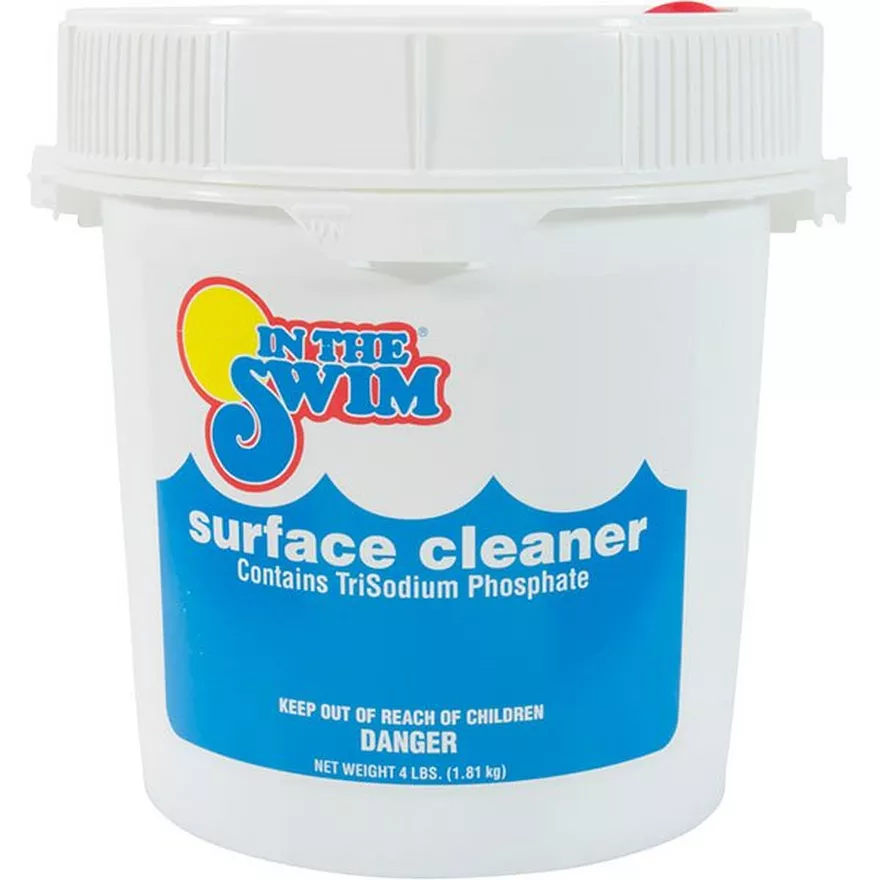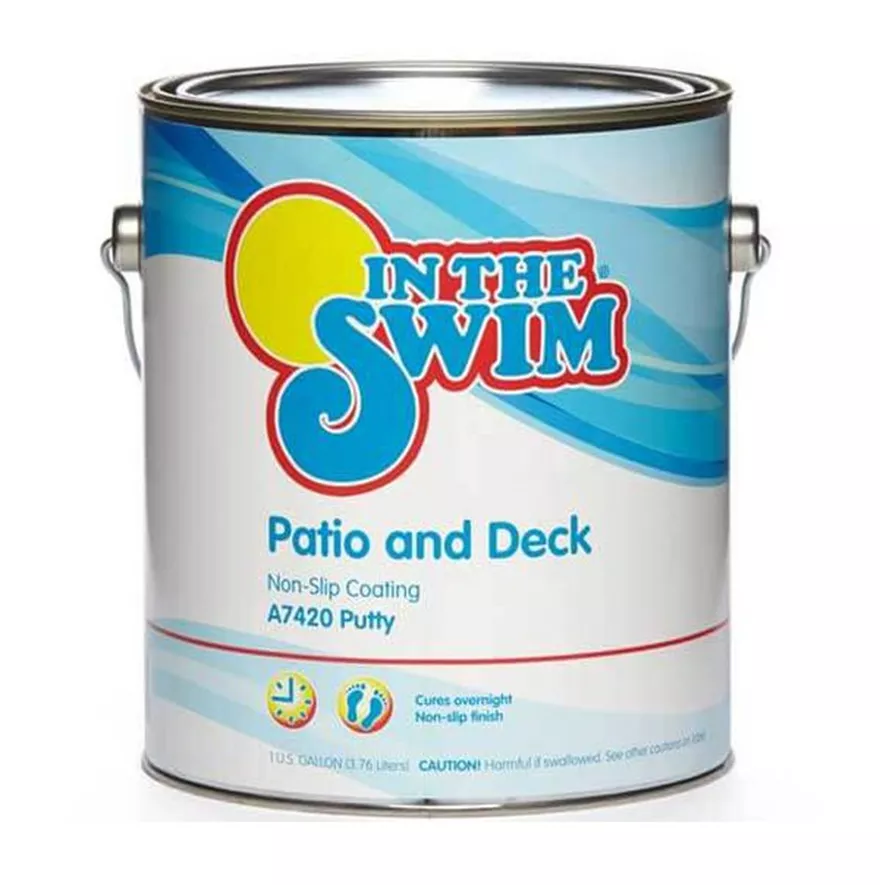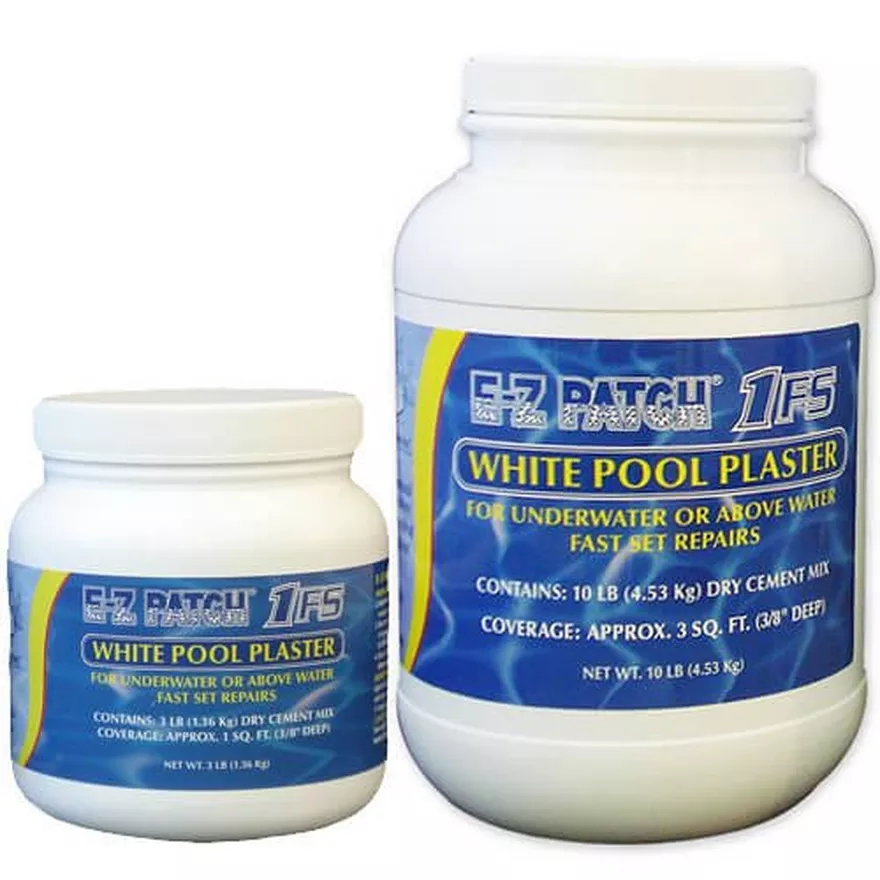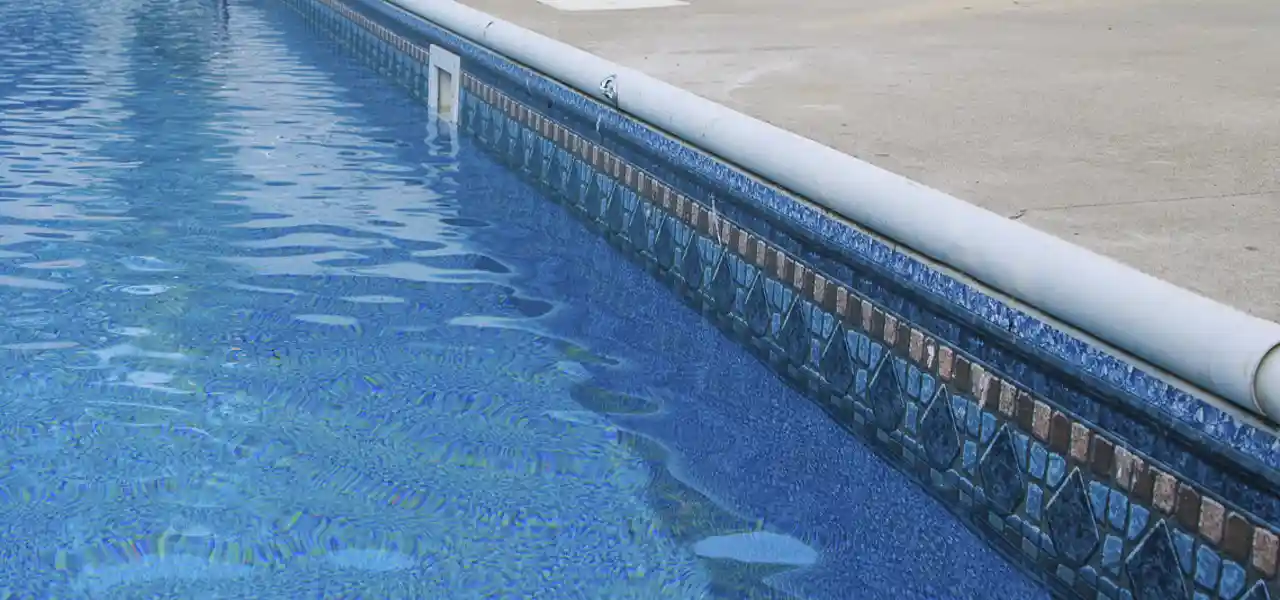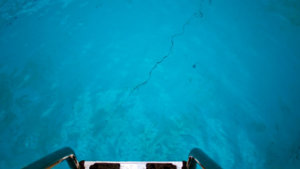
What causes concrete (gunite or shotcrete) pools to crack? Pool cracks are not usually serious, but are usually what I call crazing or check cracks, just small shrinkage cracks in the plaster. If you have a crack large enough to stick a dime into, it may be cracked all the way through the shell. You can dye test suspected cracks to determine if they are leaking.
Pool cracks are often caused by more than one factor, here is my list of the most common causes of swimming pool cracks.
Location Problems
Primarily, building upon a downward sloping hillside is to be avoided if possible. Hillsides will slowly creep, known as differential settlement. When faced with building a pool near a down slope, a builder may employ retaining walls or foundational footers to slow the forces at work. Most importantly, one should not build on top of fill dirt placed on a downward sloping hillside. The maxim applies – always dig to level, never fill to level. Which means don’t add fill dirt to make a site level, but remove top soil to place the entire pool on evenly compacted tierra firma.
Soil Problems
In most cases, a concrete pool full of water will not be affected by soil problems, under normal conditions. However, soils that have been dry for years, but then become regularly wet can exert very strong forces on pool shells, as the soil expands. Expansive soils swell rapidly in flood events, putting pressure on pool shells, especially when drained of water. Alternatively, soils that are normally wet, but become dry from years of drought, can shrink and subside, allowing the pool to shift and settle, and crack.
Ground Water
You may have heard the one about concrete pool popping out of the ground due to hydrostatic water pressure. It is rare but can happen, usually during a flood event, and always with an empty pool. Ground water itself does not get blamed for pool cracks, however if a pool is lifted or tilted just slightly by hydrostatic pressure, the movement of the pool shell can cause cracking. Concrete pools always have hydrostatic relief plugs, plastered into the pool floor in several spots, and in the center plug of the main drain pots. Open the hydrostats when your pool is drained, and ground water under pressure will flow into the pool. Commercial pools often have automatic hydrostatic relief valves in the main drain pot.
Poor Forming
A pool that is not laid out properly with stakes and forms will not be ‘shot’ properly, which can result in irregular density and thickness, with voids or air pockets in certain spots. Experienced pool builders know that the gunite crew and the nozzle man need proper framing to spray against, so that wall thickness will be built-up properly, especially in the crucial beam area, at the top of the pool wall.
Using Rebound
Rebound is the term used for the excess concrete material that bounces out of the forms, or spills over the edge. A good builder knows not to use this overspray, it has lost compressive strength and should not be hand-packed back into the pool. Rebound should be shaved off level, and the material used outside the pool to improve workman and wheel barrow travel paths, or thrown up against the outside of the wall.
Plumbing Problems
Running plumbing inside of the pool wall, around a spa for example, creates a weak spot in concrete pool walls. Having PVC pipe running through a concrete shell is unavoidable for connecting pool returns and other PVC fittings, but should be minimized. Builders should avoid running pipes horizontally inside of a wall, or inside of the pool floor. Pipes move during construction and when pressurized they vibrate, and they also have a different temperature.
Steel Problems
I am talking about reinforcement bar, aka rebar, steel rods that give structural support to concrete. For inground concrete pools, a steel cage is used, with steel rods running in both directions to create a grid. The steel rebar is placed 12″ to 16″ apart in most instances. Steel rebar should all be the same size throughout the pool, usually 3/8″ or 1/2″, No. 4 or No. 5 rebar is used. Green-coated rebar is not necessary. The rebar should provide consistent even coverage over the pool shell, be tied together tightly, and raised off of the floor by 3″, so the steel cures in the middle of the concrete shell. Symmetrical pool cracking is often related to rebar issues.
Concrete Mix and Placement
The strength of the concrete has a lot to do with the mix and application. Shotcrete or Gunite, does not matter so much. More importantly is the water to concrete ratio, or hydration. Too much water can weaken concrete, but too dry and it becomes hard to work with and shape into a pool. The amount and type of aggregate used also has an effect on the strength of the concrete, a 4 to 1 mix of sand to cement is much stronger than a 5 to 1 ratio. Cracks that rapidly deteriorate or crumble on the edges, associated with ‘pop-offs’ can often be attributed to poor concrete mix and placement.
Concrete Curing
Build a pool in a week? Bad idea, gunite or shotcrete pools need time to cure before they are plastered. Curing concrete also gives off heat, which dries out and changes the chemistry of curing pool plaster. At a minimum concrete pools should have 14 days of curing, with 28 days being nearly twice as good. In addition, during hot weather, a gunite or shotcrete pool should be half filled with water, and make use of sprinklers, foggers, misters or a spray nozzle to keep surfaces wet. Burlap or plastic can also be used to keep the concrete shell from drying out too rapidly during curing.
Pool Shape
You can build a concrete pool in any shape that you wish, which is one of their largest selling points, however some shapes are less strong than others. 90 degree corners are particularly weak structurally, as spa divider walls and spillways. Steps and benches also sacrifice some strength. Round or oval pools without coves, spas and extensions are the most solid, structurally speaking. An experienced builder adds more steel and greater wall thickness in corners and transitions, to avoid cracking.
Pool Deck Expansion Joint
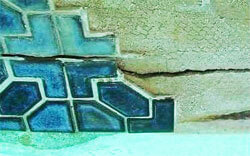
Most concrete pools are rimmed with a tile perimeter and capped with a bullnose coping stone or brick. Behind the coping stone and between the pool deck is an expansion joint that allows for the pool and the pool deck, to expand and contract with the change of seasons, without bumping into each other. When it gets very warm, your pool and adjacent concrete pool deck both expand slightly. If the expansion joint is not true, or if the joint is not caulked to keep out debris and water, the pool deck can push into the pool, loosening coping stones, or breaking the beam, a horizontal crack running through the tile band. Use pool caulking to keep your pool expansion joint protecting your pool from beam damage, as shown right.
Although rare, and affecting less than 1% of all pools, concrete pools can crack. If it happens at all, it usually happens within the first year, as a result of shrinkage, settlement and/or subsidence. Pools can also crack when they are simply not built correctly, as shown in the list above. It should be noted that any type of pool can crack – not just concrete. Fiberglass and vinyl pools can have equivalent issues.
If you are trying to determine the exact cause of your pool cracks, hire an engineering company near you to look at all the many factors at play, to pinpoint the source.
The good news is that all cracks can be repaired, and further cracking mitigated. Pool cracks can easily be repaired with our EZ Patch 1 pool plaster mix, even underwater with the EZ Patch 1-FS plaster patch. You can also use Pool Putty for patching small cracks or voids around the pool.

